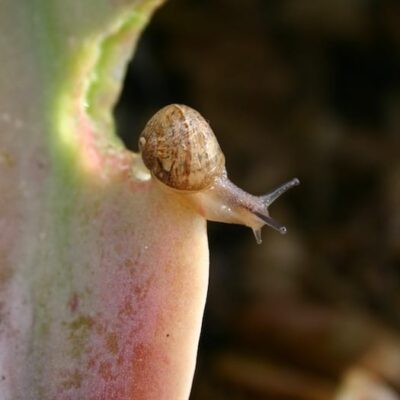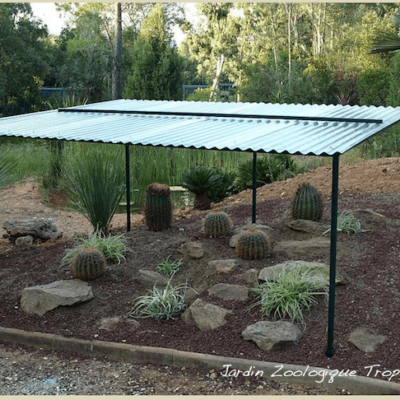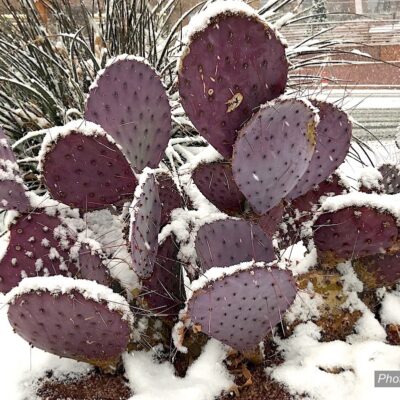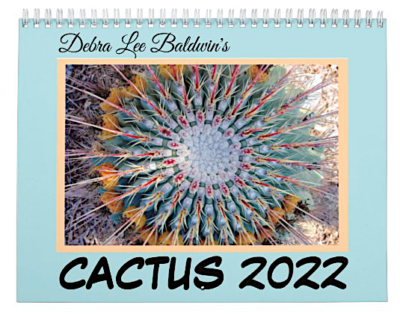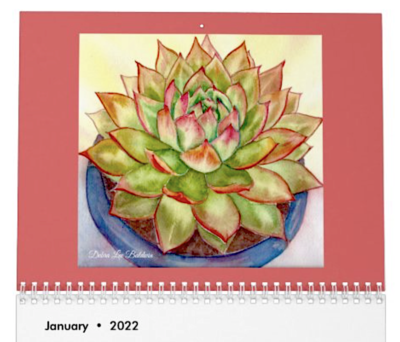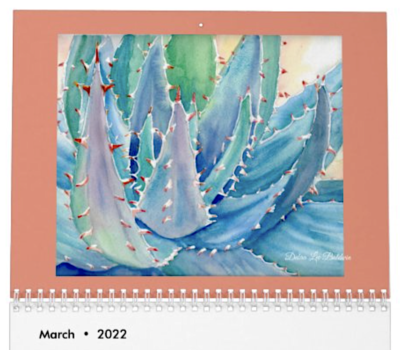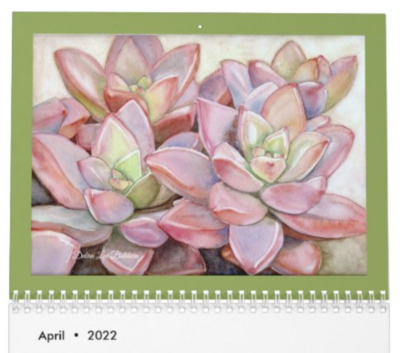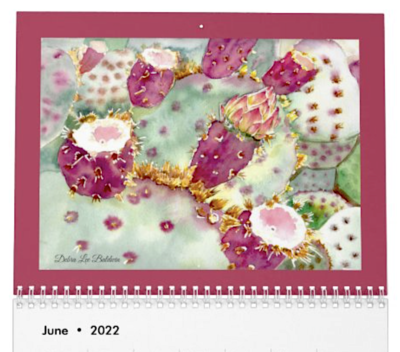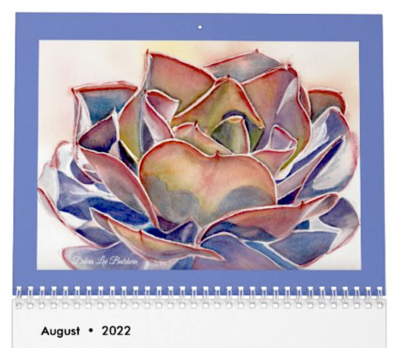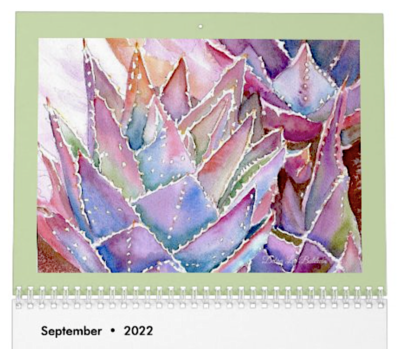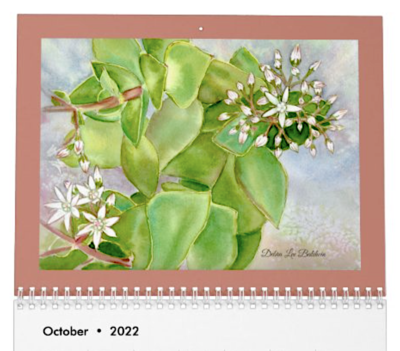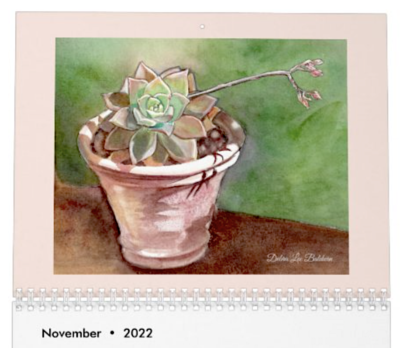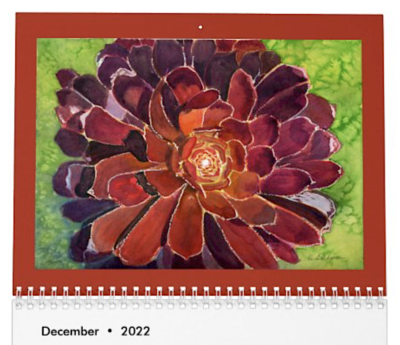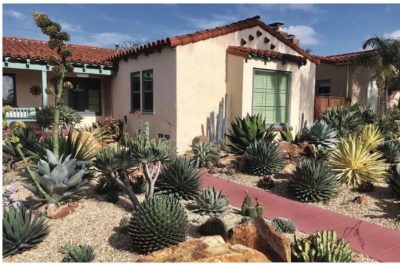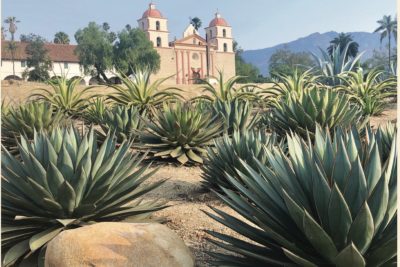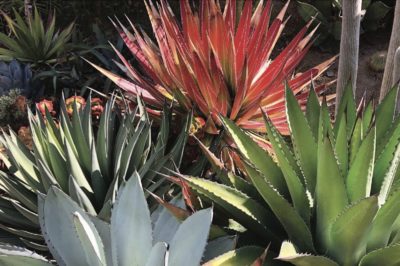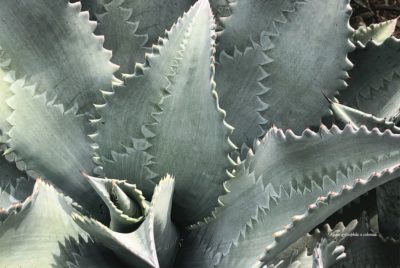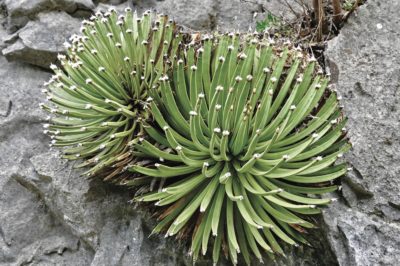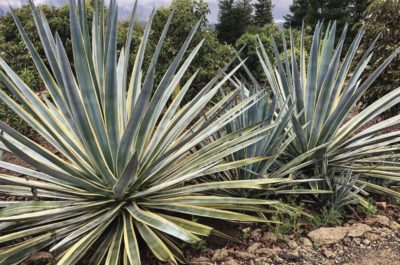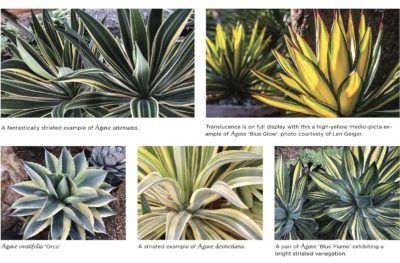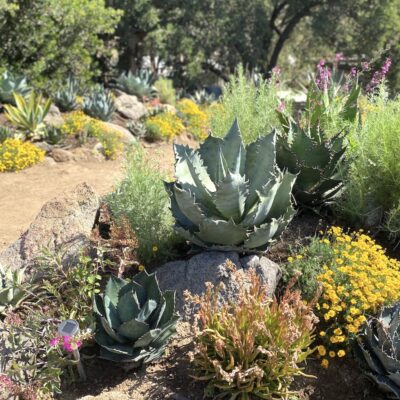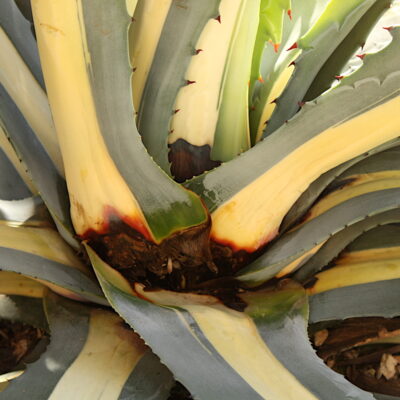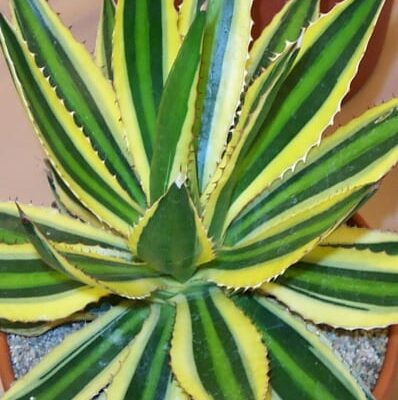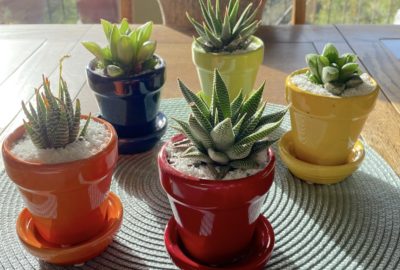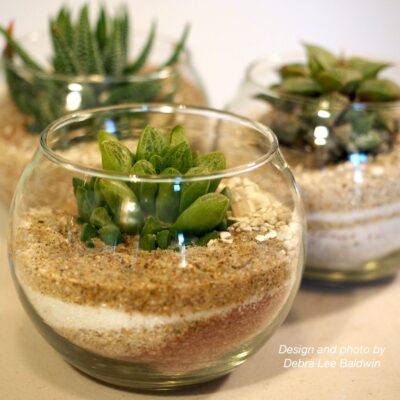Rain at last!
On the bright side, rain makes our gardens look glorious. Ideal conditions for succulents are good drainage, annual rainfall less than 20 or 25 inches, low humidity, and temperatures above freezing.
Here's what you need to know about getting succulents through a wet winter, including the essentials about frost, hail and rot.
After rainstorms, check for:
-- Succulents with rotted leaves. Remove mushy leaves before rot spreads to the plant's stem or crown.
-- Drainage issues. If soil stays sodden and muddy areas remain long after a storm, roots may drown. Move plants to high ground, and install French drains.
-- Slope erosion. Create dams of rocks and diversion channels, and add gravel or mulch to diffuse the rain's impact.
-- Stagnant water. Check pots, bins and barrels. If they've filled, dump the water before mosquitos find it and breed.
-- Weeds. Wherever soil is exposed to sun, weeds WILL sprout. Get them when small. All too soon they'll have deep roots, go to seed, and look you in the eye.
-- Seepage. Check your home’s basement. Mine used to have an inch or two of standing water whenever the ground became saturated during storms. A few years ago, a friend suggested a simple solution: Coat the concrete blocks that form the basement’s walls with a special paint that prevents seepage. Works great. Any home improvement store carries it.
-- Shop for plants. Now’s a good time to accumulate plants you want to add to your garden. Rain-soaked ground is soft and easy to dig. Early spring is the best time to establish new plants, after all danger of frost has passed (here in Southern CA, that’s mid-March). Plants will take off in spring and won’t have to contend with summer heat while putting down roots. Don't delay; if your garden is like mine, when the soil dries, it’ll be as hard as concrete.
-- Take photos as what-to-do reminders. When the weather clears, such issues are easy to forget.
The bottom line: Succulents are opportunistic when it comes to rain. Given adequate drainage and frost protection, they love it!
Related VIDEOS
Why Succulents Rot and How to Prevent It
The Squish Test for Succulents
Worried your succulents are overwatered? Here's how I test and rescue succulents after rainstorms. Even if soft and squishy means rot, it's not always too late.
Post-Rain Must-Do's for Succulent Gardens
Have you checked your succulent garden after the rainstorms? I found a few things that needed taking care of and I bet you will, too!
Protect Your Succulents from Frost
Cover your succulents if overnight temperatures drop below 32 degrees F. Here's how I do it in my own Zone 9b garden.
Related Info on This Site
How Rain Benefits Succulents
Here’s how rain benefits succulents: It provides dissolved minerals and washes away dust that inhibits photosynthesis; it dilutes and flushes salts and harmful chemicals that have built up in the soil from tap water; and it provides nitrogen essential to growth,
Prepare Your Succulents for Rainstorms
During rainy weather, succulents, which come from arid climates, may rot. Stems or trunks turn squishy and collapse. It may be possible to take cuttings from healthy top growth and restart the plants—as I did after one rainy winter with aeoniums. Fortunately, the rest of my succulents came through fine, despite double normal rainfall. After…
Succulents and Too Much Rain, A French Solution
Want to protect your succulents from too much rain? Here’s how the Jardin Zoologique Tropical in southeastern France keeps their succulents from becoming waterlogged during seasonal rainstorms. Corrugated fiberglass panels atop metal bars tent the plants so excess rain doesn’t soak the soil. The structures are tall enough to allow good air circulation, and the panels are translucent, enabling maximum sunlight to reach the plants. The…
Winter Care for Frost-Tender Succulents
Depending on where you live, here’s how to get frost-tender South African succulents—like crassulas (jades), euphorbias, senecios and aloes—through a North American winter.
The post Succulents and Rain, What You Need to Know appeared first on Debra Lee Baldwin. Copyright © Debra Lee Baldwin.
from Debra Lee Baldwin https://ift.tt/2Zmhj6C
via IFTTT


